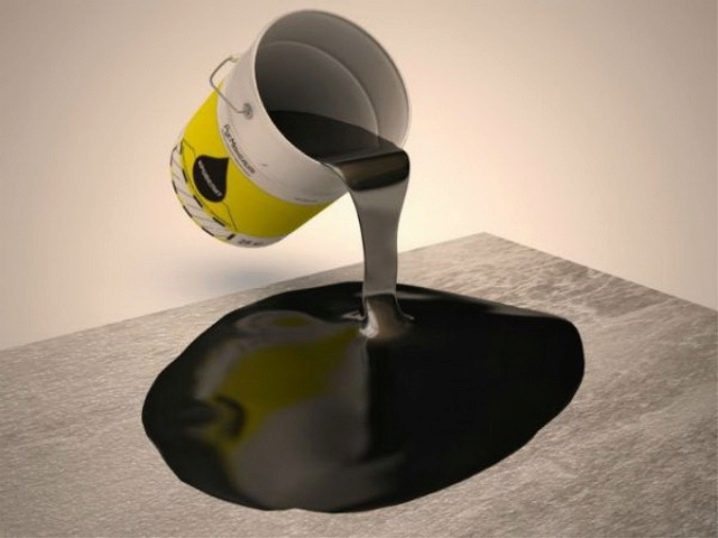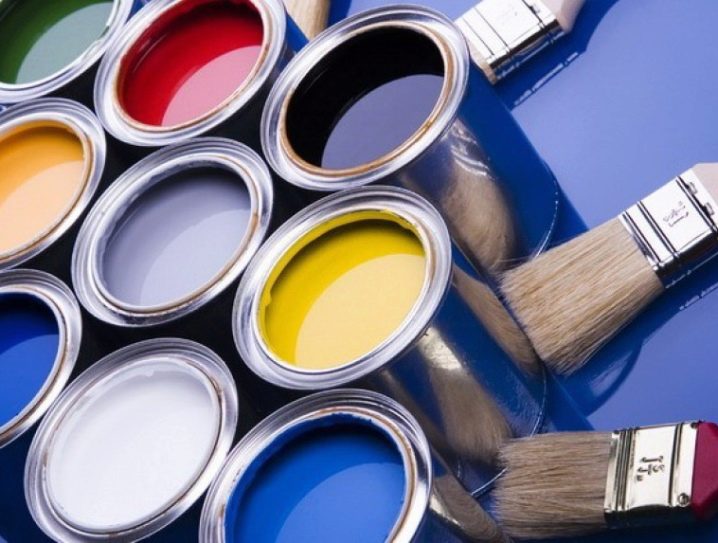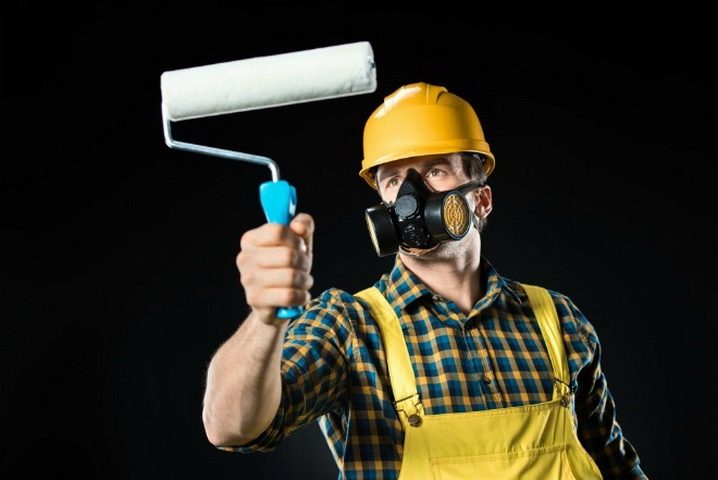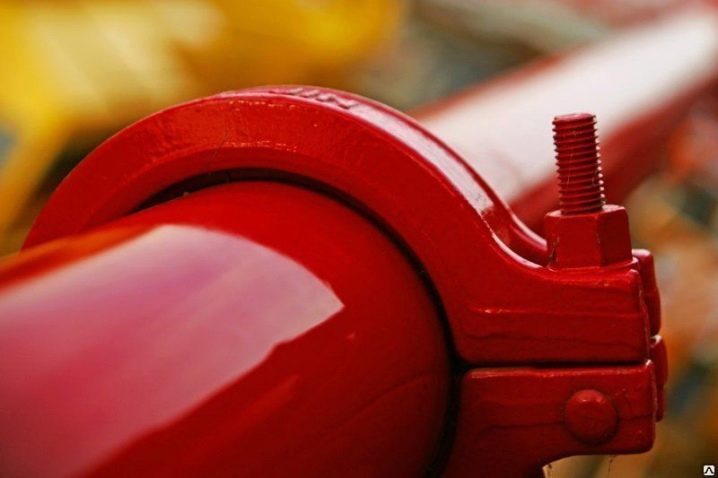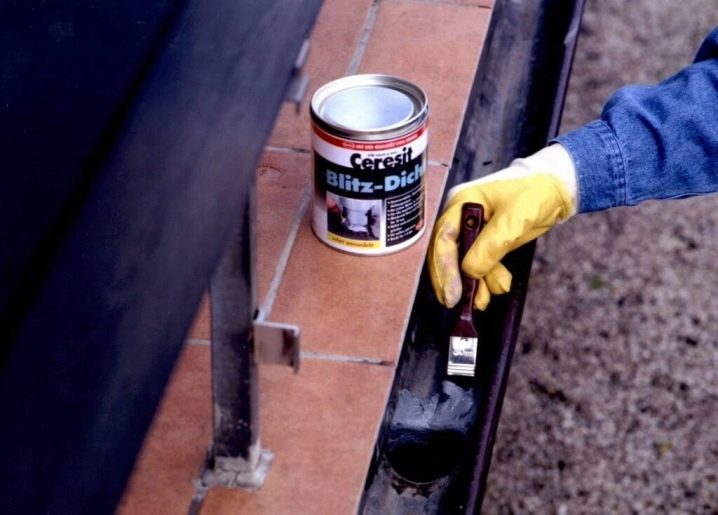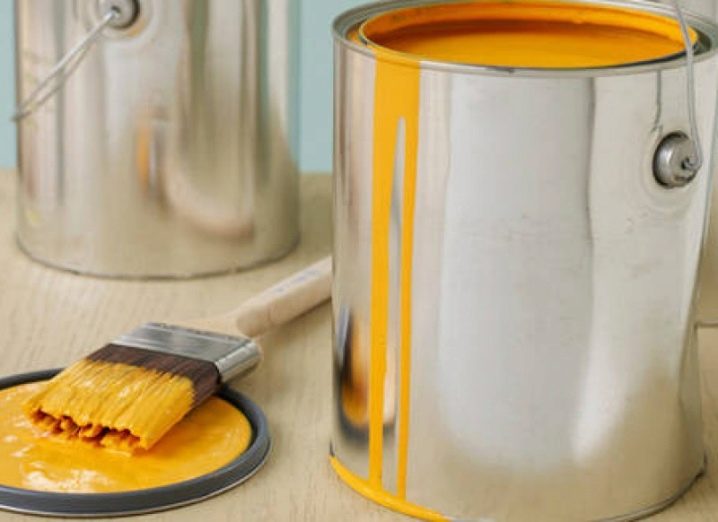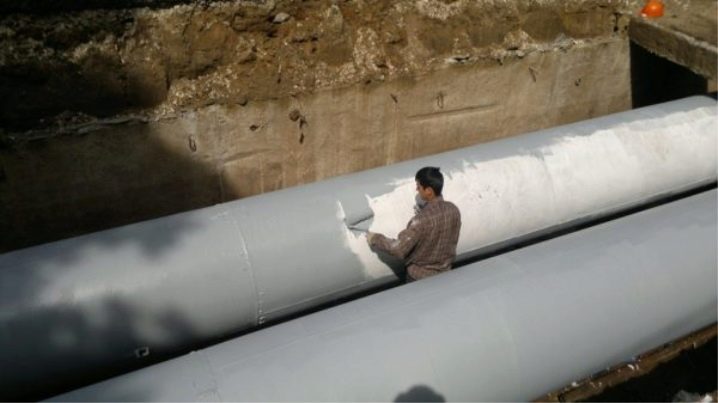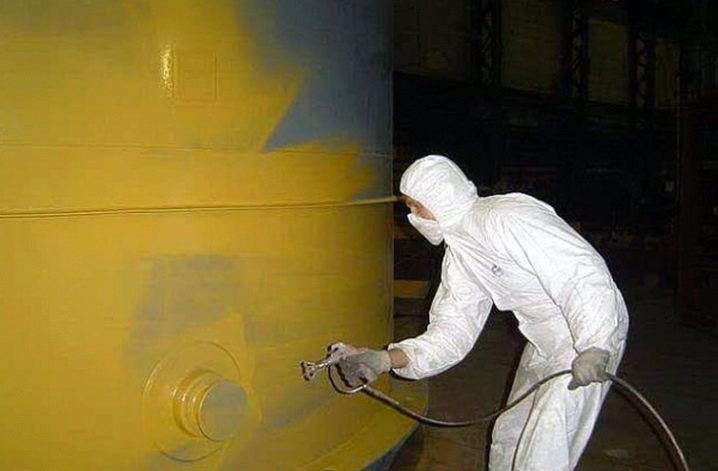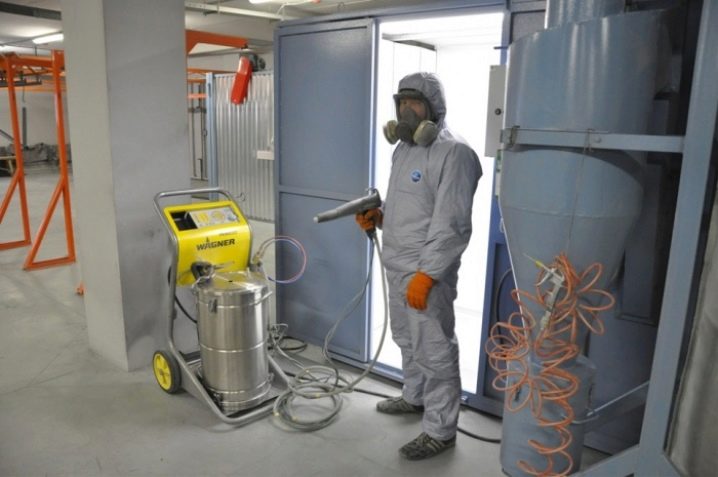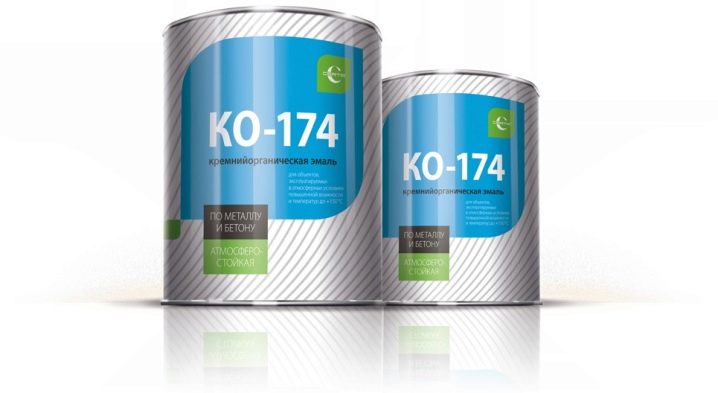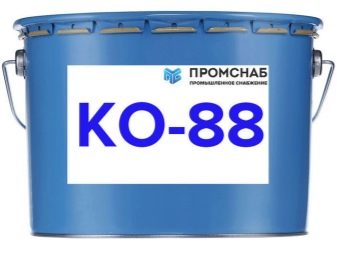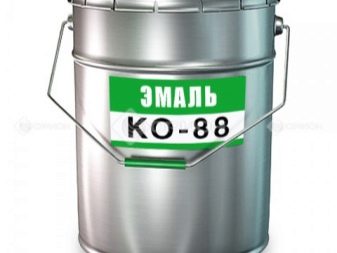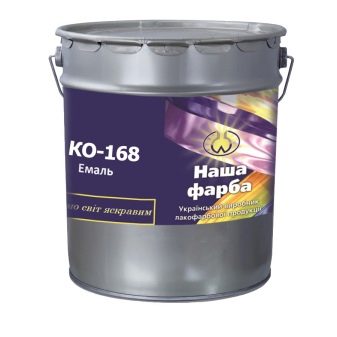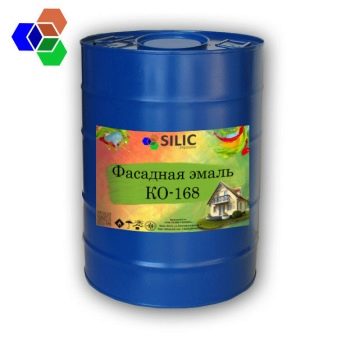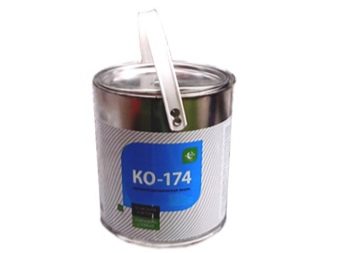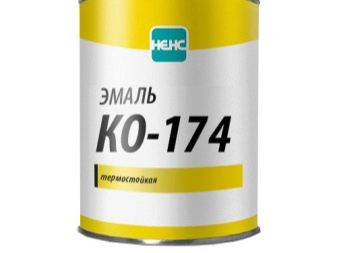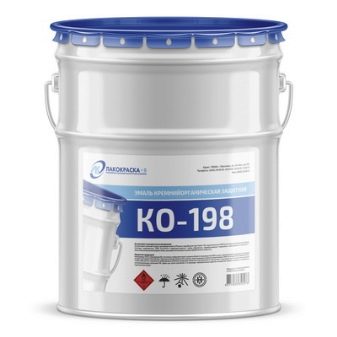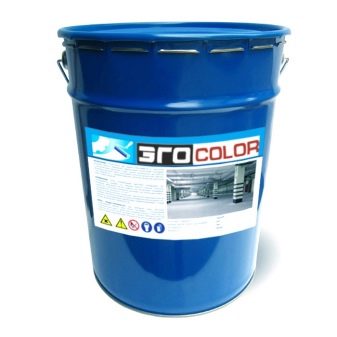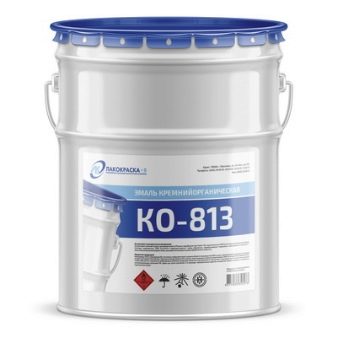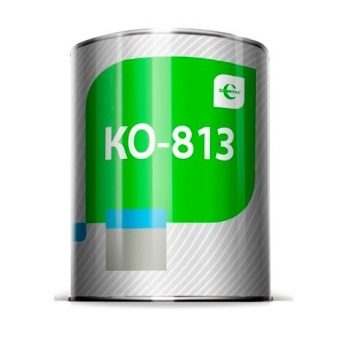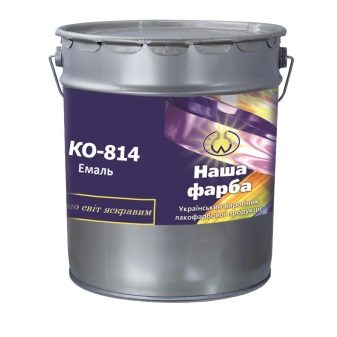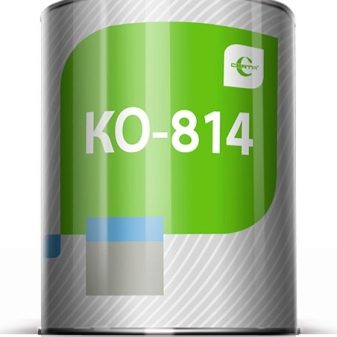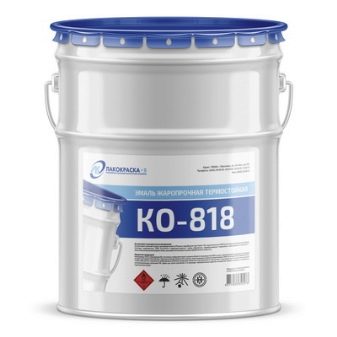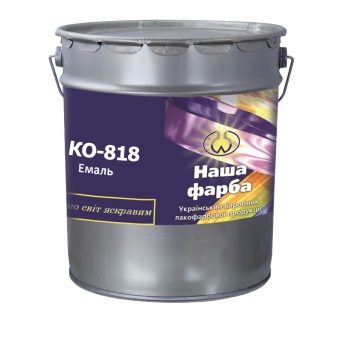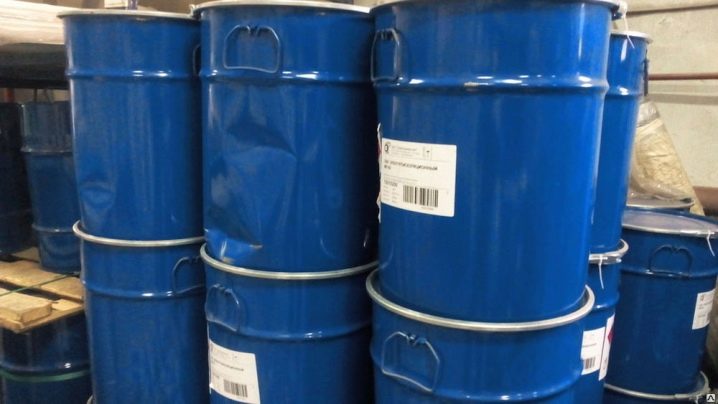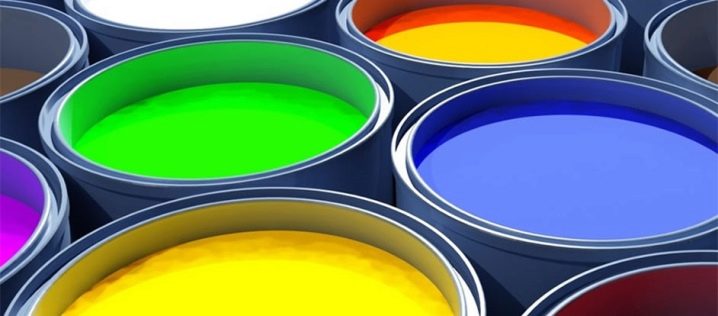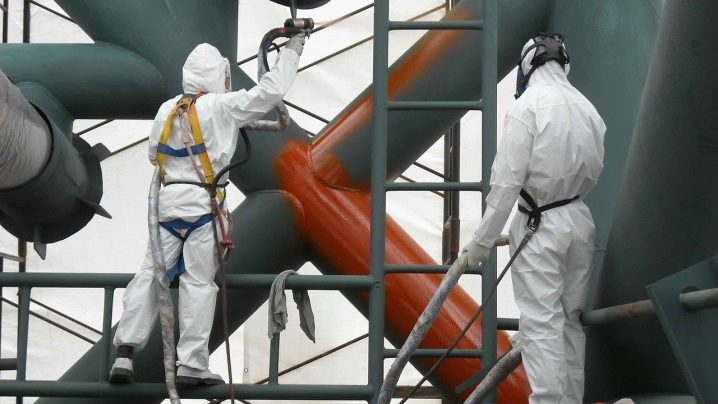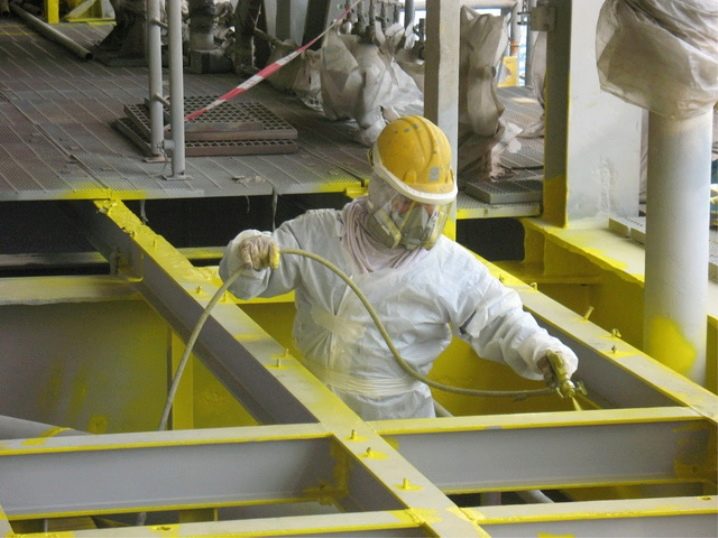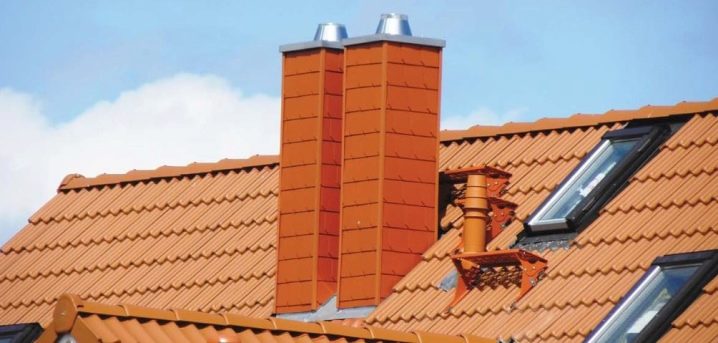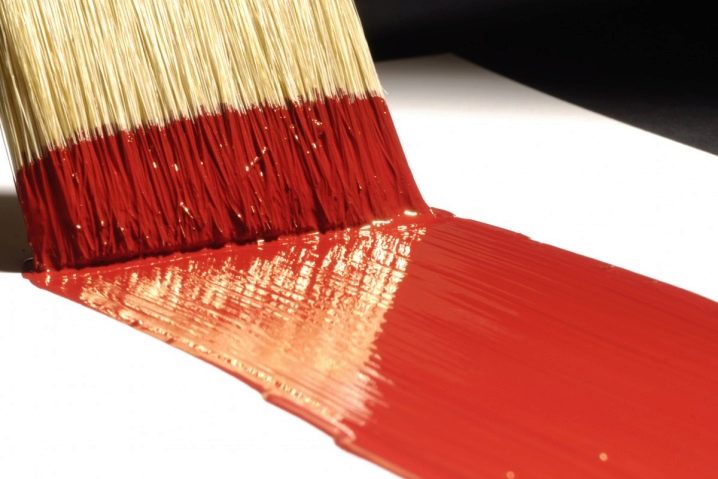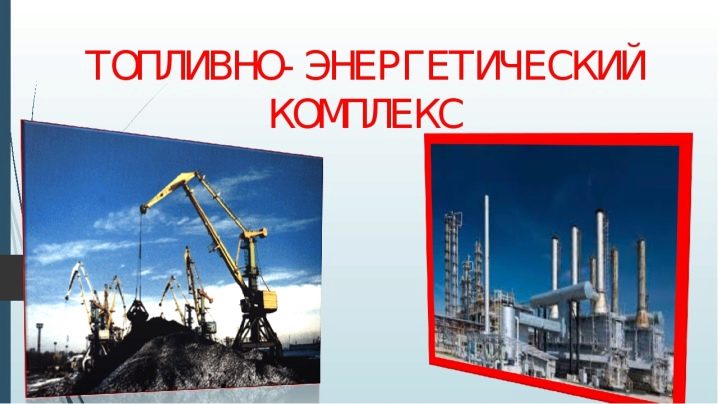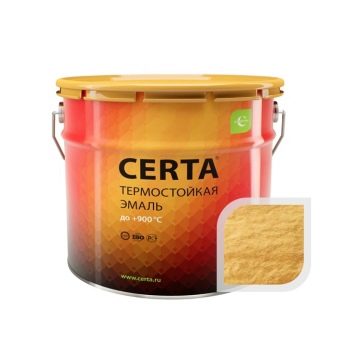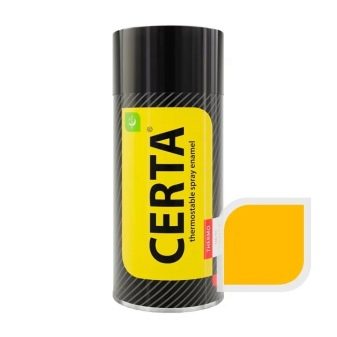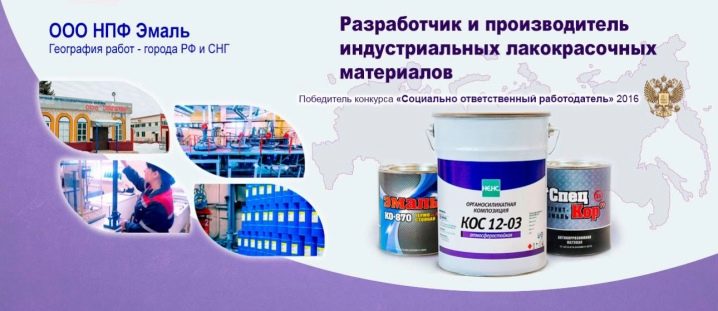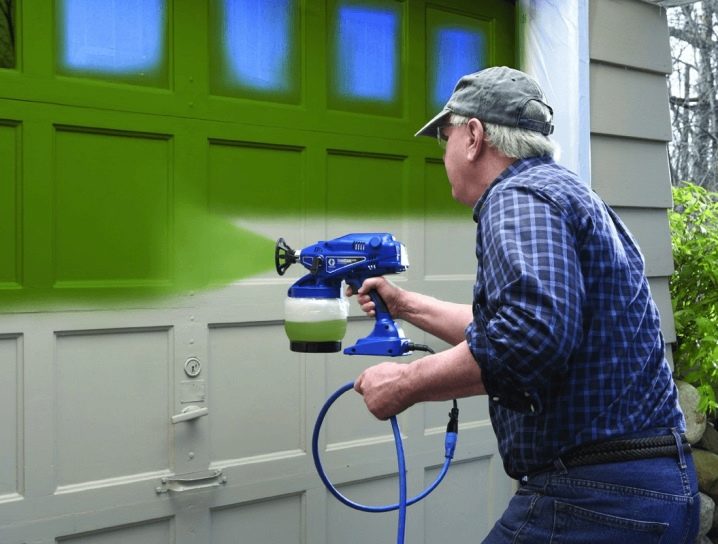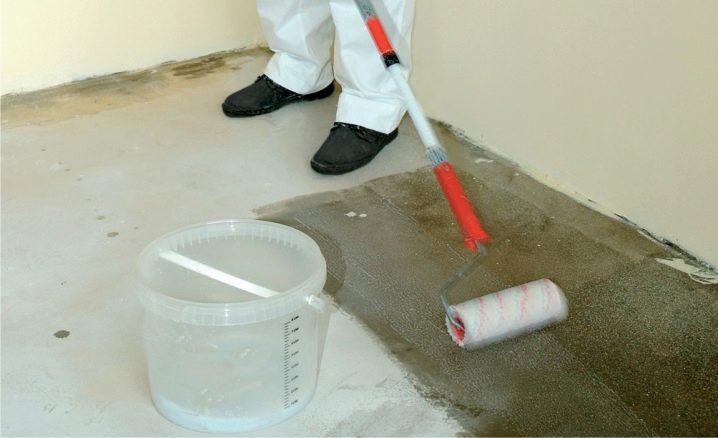Silicone enamel: features and characteristics
Today, manufacturers offer a huge amount of the most varied in composition and properties of paints and varnishes used for various types of finishes. Perhaps the most unique of all the options on the construction market is silicone enamel, which was developed in the last century and is constantly being improved by including additional components in its composition.
Features and composition
Any kind of enamel, and silicone is not an exception, they have a certain composition, on which the properties of the paintwork material depend.
The composition of different types of enamels include organic resins.that prevent abrasion of the applied layer and help reduce the drying time of the applied composition.In addition to organic resins, substances such as anti-cellulose or acrylic resin are added to the paint. Their presence in enamels is necessary for the formation of a film suitable for air drying. The carbamide resins in the enamels allow an increase in the hardness of the film coating after drying on the surface of the material subjected to staining.
A distinctive feature of all types of silicone enamels is their resistance to high temperatures. The presence of polyorganosiloxanes in the compositions ensures that the coatings applied to the surface are stable for quite a long time.
In addition to these components, the composition of silicone enamels include a variety of pigmentsgiving shade to the painted surface. The presence of hardeners in the composition of enamels allows you to save the selected color on the surface for a long time.
Pros and cons of use
The application of silicone enamels on the surface allows you to protect the material from many adverse factors, while maintaining the appearance of the painted surface.The composition of the enamel, deposited on the surface, forms a protective film that does not collapse under the influence of both high and low temperatures. Some types of enamels of this type can withstand temperatures of up to +700? С and sixty degrees Celsius.
In order to paint the surface, it is not necessary to wait for certain favorable conditions, you just need to fit in the range of +40? C to -20? Excellent moisture resistance is another positive quality of silicone enamels.
Due to the components included in the composition, all types of enamels are to some extent resistant to UV rays, which allows them to be used for painting outdoor objects. The painted surface over time does not change the acquired shade. A wide color palette, produced by manufacturers of these enamels, allows you to choose the desired color or shade without much difficulty.
An important advantage of silicone enamel is a small expense and a fairly reasonable price, so choosing the right kind of composition is a good investment compared to similar paints and varnishes.
The surface coated with silicone enamel is able to withstand almost any aggressive effect of the external environment, and for metal structures it is completely indispensable. Anticorrosive protection of the metal surface, provided with a layer of enamel, protects the structure for a long time. The life of the enamel reaches 15 years.
In any paint products, in addition to the positive characteristics, there are negative sides. Among the disadvantages, it is possible to note high toxicity when drying the painted surface. Prolonged contact with formulations contributes to a reaction similar to narcotic intoxication; therefore, it is better to use a respirator when working with these formulations, especially if the dyeing process is carried out indoors.
Types and specifications
All silicone enamels are divided into types depending on the purpose and properties. Manufacturers producing these enamels, mark the packaging in capital letters and numbers. The letters "K" and "O" denote the name of the material, namely silicone enamel.The number that comes first after the hyphen after the letter designation indicates the type of work for which the composition is intended, and with the help of the second and subsequent numbers, the manufacturers designate the development number. The color of the enamel is indicated by the full lettering.
To date, there are many very different enamels, having not only a different purpose, but also differing from each other in technical characteristics.
Enamel KO-88 designed to protect surfaces made of titanium, aluminum and steel. The composition of this type includes varnish KO-08 and aluminum powder, due to which a stable coating (grade 3) is formed after 2 hours. Formed on the surface of the film is resistant to gasoline no earlier than after 2 hours (at t = 20? C). The surface with the applied layer after holding for 10 hours has an impact strength of 50 kgf. Allowable bending of the film is within 3 mm.
Purpose enamel KO-168 consists in coloring of front surfaces, besides, it protects the grounded metal structures. The basis of the composition of this type is a modified varnish, in which pigments and fillers are present as a dispersion.A stable coating is formed no earlier than after 24 hours. The stability of the film coating to the static action of water occurs after the same period at t = 20? С. The allowable amount of bending of the film is within 3 mm.
Enamel KO-174 performs a protective and decorative function when painting facades, in addition, is a suitable material for coating metal and galvanized structures and is used to paint the surface of concrete or asbestos cement. The enamel contains silicone resin, in which pigments and fillers are present in the form of suspensions. After 2 hours it forms a stable coating (at t = 20? C), and after 3 hours the heat resistance of the film increases to 150? C. The formed layer has a matte shade, is distinguished by increased hardness and durability.
To protect metal surfaces that are in short contact with sulfuric acid or exposed to hydrochloric or nitric acid vapors, has been developed enamel KO-198. The composition of this type protects the surface from saline groundwater or sea water, and is also used for processing products sent to regions with a special tropical climate.A stable coating is formed after 20 minutes.
Enamel KO-813 intended for painting surfaces exposed to high temperatures (500? C). It includes aluminum powder and varnish KO-815. After 2 hours, a stable coating is formed (at t = 150? C). When applying one layer, a coating of 10-15 microns is formed. For better protection of the material, the enamel is applied in two layers.
For painting metal structures that are exposed to high temperature (up to 400? C), enamel was developed KO-814consisting of varnish KO-085 and aluminum powder. A stable coating is formed after 2 hours (at t = 20? C). The thickness of the layer is similar to enamel KO-813.
For structures and products operating for a long time at t = 600? C, developed enamel KO-818. A stable coating is formed after 2 hours (at t = 200? C). For water, the film becomes impenetrable no earlier than after 24 hours (at t = 20? C), and for gasoline after 3 hours. This type of enamel is toxic and fire hazardous; therefore, special care is required when working with this compound.
Enamel KO-983 suitable for surface treatment of electrical machines and apparatus, parts of which are heated to 180?And also with its help, the bandage rings of the rotors are painted in the turbogenerators, forming a protective layer with pronounced anticorrosive properties. The applied layer dries up to the formation of a stable coating for no more than 24 hours (at t = 15-35? С). The thermal elasticity of the film coating (at t = 200? C) is maintained for at least 100 hours, and the dielectric strength is 50 Mv / m.
Scope of application
All organosilicon enamels are characterized by resistance to high temperatures. Depending on the incoming components, enamels are conditionally subdivided into especially and moderately resistant to the effects of elevated temperatures. Silicone compounds perfectly adhere to all materials, whether it be a brick or concrete wall, a plastered or stone surface, or a metal construction.
Most often, the compositions of these enamels are used for painting metal structures in industry. And as you know, industrial facilities intended for painting, such as pipelines, gas supply and heating systems, are mostly not in premises, but in open spaces and are exposed to various atmospheric phenomena, therefore they need good protection.In addition, the products passing through the pipelines also affect the material and therefore need special protection.
Enamels belonging to the limited heat-resistant types are used for painting the facade surfaces of various buildings and structures. The pigments present in their composition, which give the color of the painted surface, are not able to withstand heating above 100? С, that is why the limited heat-resistant types are used only for finishing materials that are not exposed to high temperatures. But It is worth noting that this type of enamel is resistant to various atmospheric phenomena, whether it is snow, rain or ultraviolet rays. Yes, and they have a considerable service life - subject to the technology of dyeing, they are able to protect the material for 10 or even 15 years.
For surfaces that are for a long time under the influence of high temperatures, humidity and chemicals, heat-resistant enamels have been developed. Present in the composition of these types of aluminum powder forms on the surface of the material to be painted a thermally resistant film that can withstand heat of 500-600? С.These enamels are used for painting stoves, chimney and fireplace surfaces in the construction of houses.
On an industrial scale, these types of enamels are used in engineering, gas and oil industry, shipbuilding, chemical industry, nuclear energy. They are used in the construction of power plants, port structures, bridges, supports, pipelines, hydraulic structures and high-voltage lines.
Manufacturers
Today, there are many companies that produce paint and varnish products. But not all are producers of silicone enamels and not many have a research base, working daily to improve the composition of existing brands and engaged in the development of new types of enamels.
The most progressive and scientifically grounded is the Association of Developers and Manufacturers of Anti-Corrosion Protection Means for the Fuel and Energy Complex "Kartek". This association, established in 1993, owns its own production and conducts research in the field of corrosion protection of various materials.
In addition to the production of specialized paints and varnishes, the company produces roofing and conservation materials, is engaged in the development and manufacture of boilers, has its own exhibition department and owns a publishing house.
Thanks to an integrated approach, this company has developed a heat-resistant enamel "Catek-KO"protecting metal structures operated in harsh atmospheric conditions from corrosive changes. This enamel has high rates of adhesion and perfectly protects the surface in a variety of climatic conditions. On the painted surface, a film is formed with good resistance to moisture, gasoline, chlorine ions, saline solutions and stray currents.
The top ten manufacturers of paints and varnishes include Cheboksary company NPF "Emal", producing today more than 35 types of enamels of different purpose and composition, including progressive organosilicon species. The company owns its own laboratory and technical control system.
Application Tips
The process of dyeing materials silicone composition is not particularly different from painting other types of enamels,varnishes and paints. As a rule, it consists of two stages - preparatory and main. The preparatory work includes: mechanical cleaning of dirt and residues of the old coating, chemical surface treatment with solvents and, in some cases, primer.
Before applying the composition to the surface, the enamel is thoroughly mixed., and when thickened, it is diluted with toluene or xylene. It is not necessary to dilute the composition strongly in order to save, otherwise the film that appears after drying on the surface will not correspond to the declared quality, the stability indicators will be reduced. Before applying, it is worth making sure that the prepared surface is dry and the ambient temperature matches the requirements specified by the manufacturer.
Consumption of the composition depends on the structure of the material to be painted - the looser the base, the more enamel is required. To reduce consumption, you can use a spray gun or airbrush.
In order for the surface of the material being processed to acquire all the characteristics inherent in silicone enamel, it is necessary to cover the surface with several layers. The number of layers depends on the type of material.For metal, 2-3 layers are sufficient, and concrete, brick, cement surfaces must be treated with at least 3 layers. After applying the first layer, it is necessary to wait for the time specified by the manufacturer for each type of composition, and only after complete drying apply the next layer.
Review enamel KO 174, see the following video.

